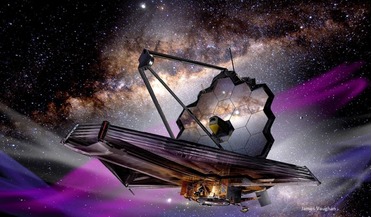 May 2022
Essential guide to the James Webb Space Telescope
May 2022
Essential guide to the James Webb Space Telescope
..., some four times the distance between the Earth and the Moon, at a reasonably gravitationally stable point known as Lagrange Point 2 (L2). Thanks to an extra gravitational boost from Earth, objects placed at L2 take the same amount of time to orbit...
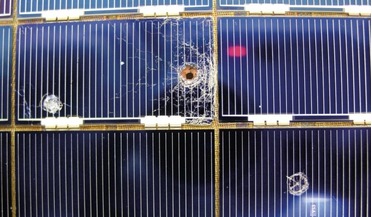 February 2021
Space archaeology - preserving our orbital heritage
February 2021
Space archaeology - preserving our orbital heritage
...result in the inability of the telescope to be accurately pointed and lock onto new targets. Thomas Brown of the...Others suggested that once JWST is operational at the L2 Lagrange point, the options for repair or any further physical interaction become...
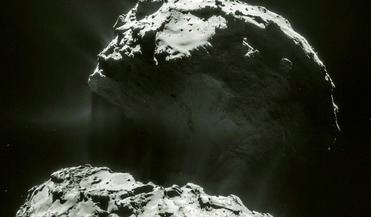 January 2020
Small body missions unveil interplanetary secrets
January 2020
Small body missions unveil interplanetary secrets
... Lucy mission will visit six small bodies trapped at the Jovian Lagrange points 4 and 5. Processes in an evolving solar system One of ...throw these objects either inward or outward, even to the point of ejecting them from the solar system. We now know ...
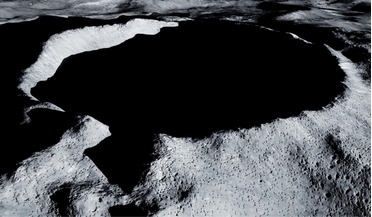 May 2020
Protecting areas of scientific importance on the Moon
May 2020
Protecting areas of scientific importance on the Moon
...and identify all lunar devices. The far side could be monitored either from lunar orbit or from Lagrange point 2. However, unlike their terrestrial counterparts, their Automatic Identification Systems (AISs) would need to be passive devices - perhaps...
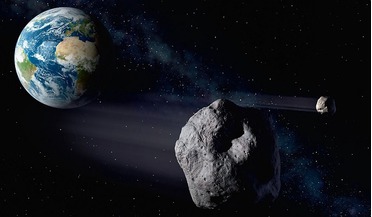 December 2014
Finding NEO
December 2014
Finding NEO
...-based survey, Near-Earth Object Camera (NEOCam), would use a 0.5-metre telescope orbiting at the Sun–Earth L1 Lagrange point (about 0.01 AU from Earth towards the Sun). During a five-year baseline mission, it would aim to discover about...
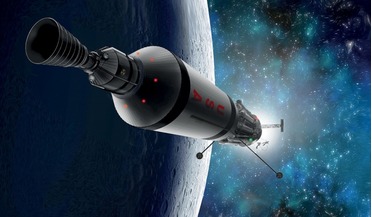 January 2018
Creating a viable cislunar economy
January 2018
Creating a viable cislunar economy
... in various locations. The key locations are low Earth orbit (LEO), geosynchronous orbit (GEO), Earth-moon Lagrange point number one (EML1), low lunar orbit (LLO), the lunar surface or a near Earth object (NEO) or asteroid...